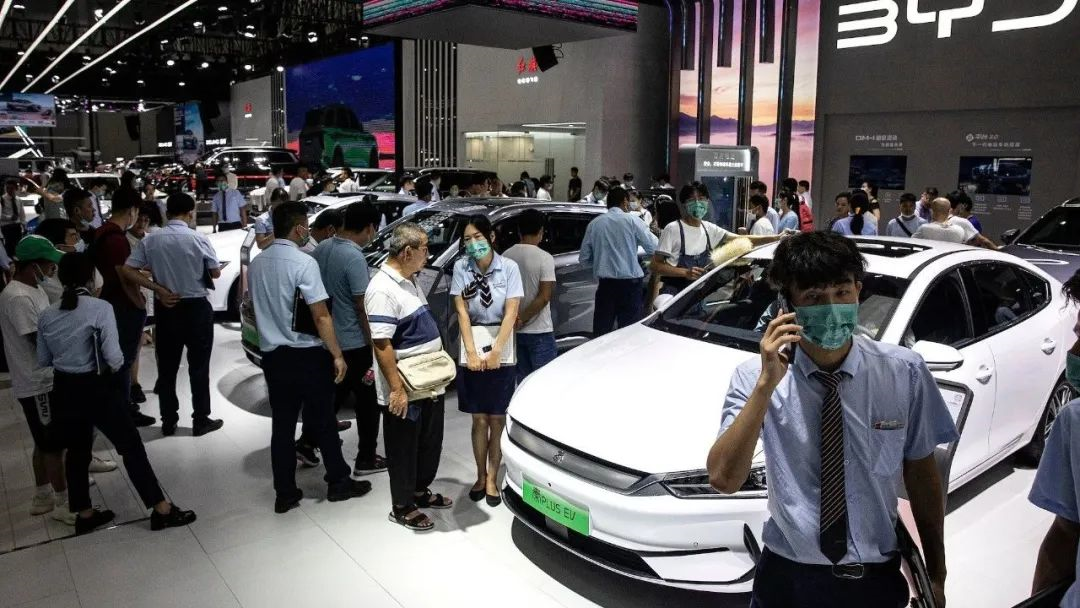Author: 大眼
Looking at the domestic automobile market, the new energy vehicle market seems to be the only sub-market that is currently experiencing rapid growth. Whether from its increasing market penetration or from the new models launched by major manufacturers, new energy vehicles have successfully taken the C position in the market from being a new thing initially.
After one day, that is, after December 31, 2022, new energy vehicles that are newly licensed will no longer be eligible for national new energy vehicle purchase subsidies. From the official implementation of national new energy vehicle purchase subsidies in 2010 to now, this policy lasts for 12 years in China and is about to come to an end, ushering in a new era.
The Price Hike of New Energy Vehicles is Coming
The impact of the national subsidy for new energy leaving the market will first be reflected in the prices of new energy vehicles.
Looking at this year’s subsidy standards:
For plug-in hybrid (including extended-range) passenger cars with a vehicle price of less than 300,000 yuan and a pure electric cruising range of ≥43km and ≤50km, the subsidy amount is 0.48 yuan.
The subsidy amount for pure electric passenger cars with a cruising range of ≥300km and <400km is 0.91 yuan. When the cruising range is ≥400km, the subsidy amount is 1.26 yuan.
This means that if car companies sell their cars directly at the price after canceling the subsidy, it means that the price of plug-in hybrid and extended-range electric vehicles will increase by 4,800 yuan per car overnight, while the price of pure electric vehicles that already meet the subsidy standard will increase by 12,600 yuan per car. For models with a price of 100,000 yuan, this price increase will undoubtedly become a heavy burden for consumers.
Some may say that the manufacturers can digest this part of the cost increase through internal potential mining. However, we also have to admit that there are only a few manufacturers who can absorb this part of the pressure.
Except for a few car companies with high gross profit margins, whether it is WEY Xuelei or BYD, after experiencing the sharp rise in prices of battery raw materials in the first half of this year, the internal potential of each company has basically been exhausted. That is to say, after the relevant national subsidies are withdrawn, most of the costs will be transferred to end consumers, and it is inevitable that a new round of price hikes will be initiated in the domestic new energy vehicle market.
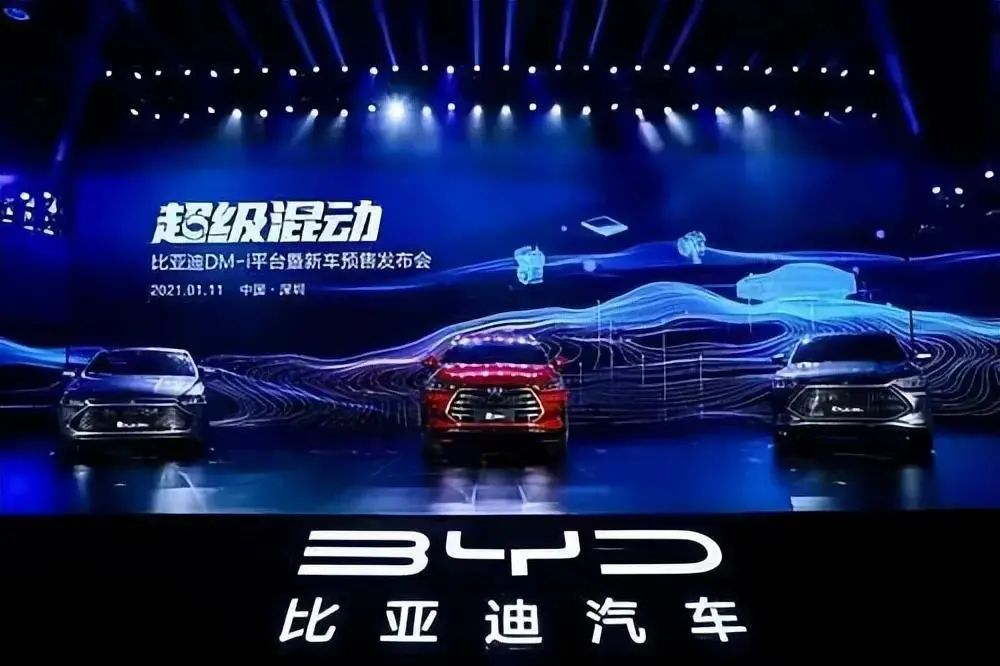 ## Time-limited price guarantee is the choice of most brands
## Time-limited price guarantee is the choice of most brands
However, the price increase trend in 2023 does not mean that consumers have no opportunities now.
On the one hand, automobile manufacturers have always had the tradition of striving for higher sales data before the end of the year and are willing to invest a lot of money in promotions. In order to conclude 2022 perfectly, especially with the year-end bonus of the majority of car manufacturer employees and the final annual rebate of dealers being “closely related”, enterprises like BYD, Jeker, AITO, Xpeng, RisingAuto, Changan Shenlan, Jihoo, Ora, etc. will “subsidize” themselves and extend the national subsidy for new energy vehicles for a period of time to facilitate consumers to place orders before December 31.
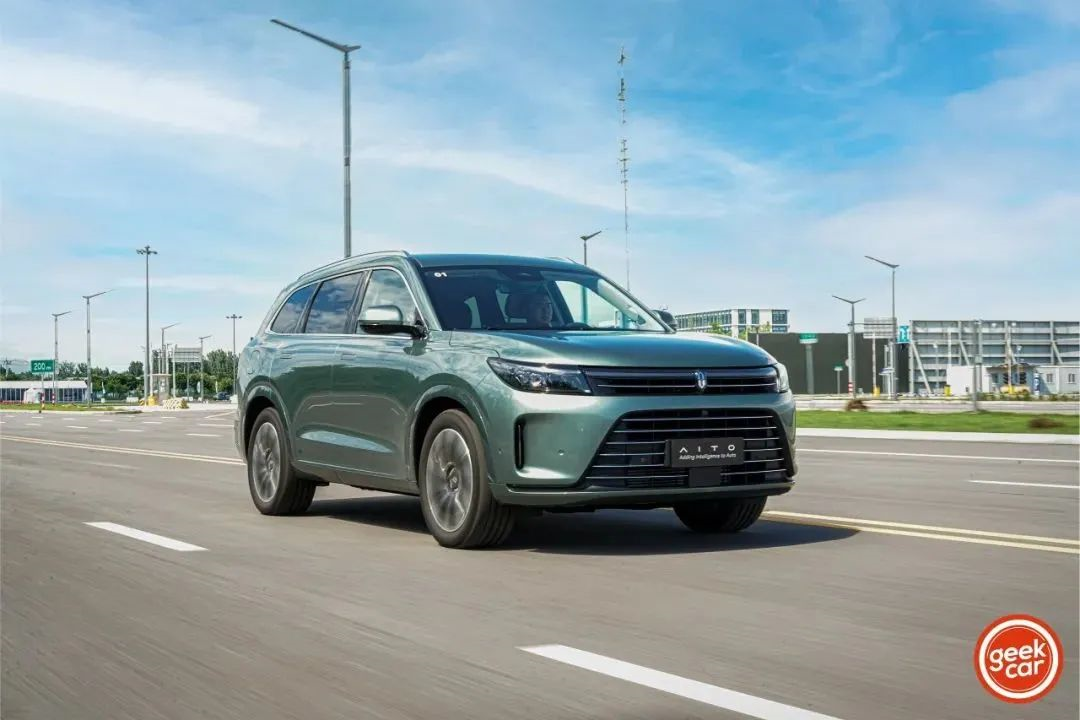
On the other hand, if a manufacturer usually advertises on its own, it is difficult to form a scale effect and may also be criticized by some consumers who want to sell high and not buy low. But now everyone is working together to advertise and use policy changes to stimulate terminal sales, which will not be so abrupt, and the promotion effect will be better.
Moreover, many manufacturers should have reserved the budget for this price guarantee when making budgets in 2021, which can be used to achieve a win-win situation between manufacturers and customers by using the last time to reach a transaction.
New energy will continue to sell
However, regardless of the situation, the subsidies provided by manufacturers are limited and cannot continue indefinitely. In 2023, it will be the first time in 13 years since new energy vehicles emerged that they will compete with fuel vehicles without subsidies.
During the peak period of subsidies, purchasing a pure electric vehicle with a driving range of more than 250 kilometers can receive a maximum subsidy of 110,000 yuan, which is quite attractive. However, over the past decade, the amount of new energy subsidies has been decreasing, but sales have been increasing crazily. If we take the year 2017, when there were 780,000 new energy vehicles, as the baseline, the domestic new energy vehicle market experienced an explosive growth for the first time in 2021, with an annual sales volume of 3.52 million vehicles. In 2022, sales continued to grow rapidly, and the sales volume in the first 11 months approached 6.07 million vehicles.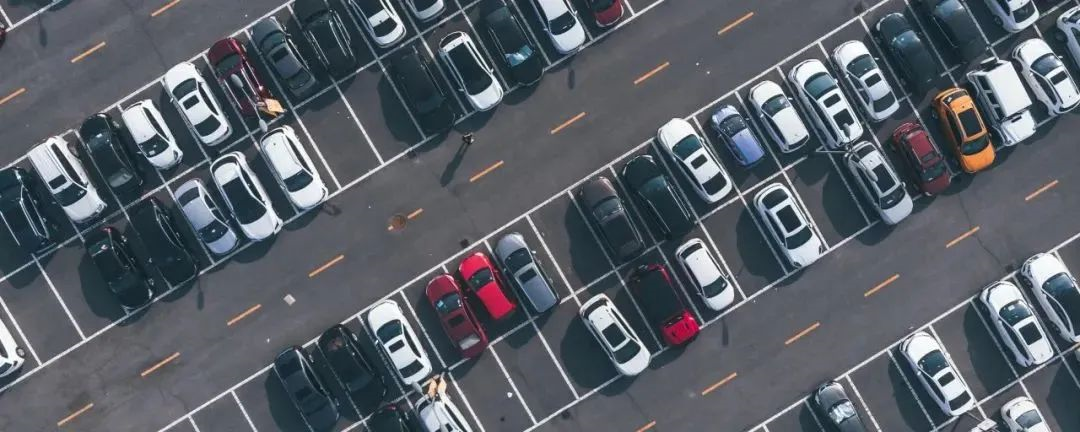
Looking at it as a whole, new energy vehicles themselves have not been ignored by consumers due to the rapid decline in subsidies. On the contrary, they are still highly valued by all parties involved:
From a policy perspective, policies such as exemption from purchase tax, priority license plate allocation, and green plates for hybrid vehicles, in addition to national government purchase subsidies, still have great appeal for many consumers in first and second-tier cities with limited license plates and driving restrictions.
In the current environment of high oil prices, many consumers have recognized the incomparable cost advantages of new energy vehicles. Not to mention, the low-speed high-torque characteristics of electric motors can provide better start-up acceleration. As for the new electric and electronic architecture of pure electric vehicles, which brings about OTA upgrades, and intelligent cockpits and autonomous driving, they are far beyond what traditional fuel-powered vehicles can compare.
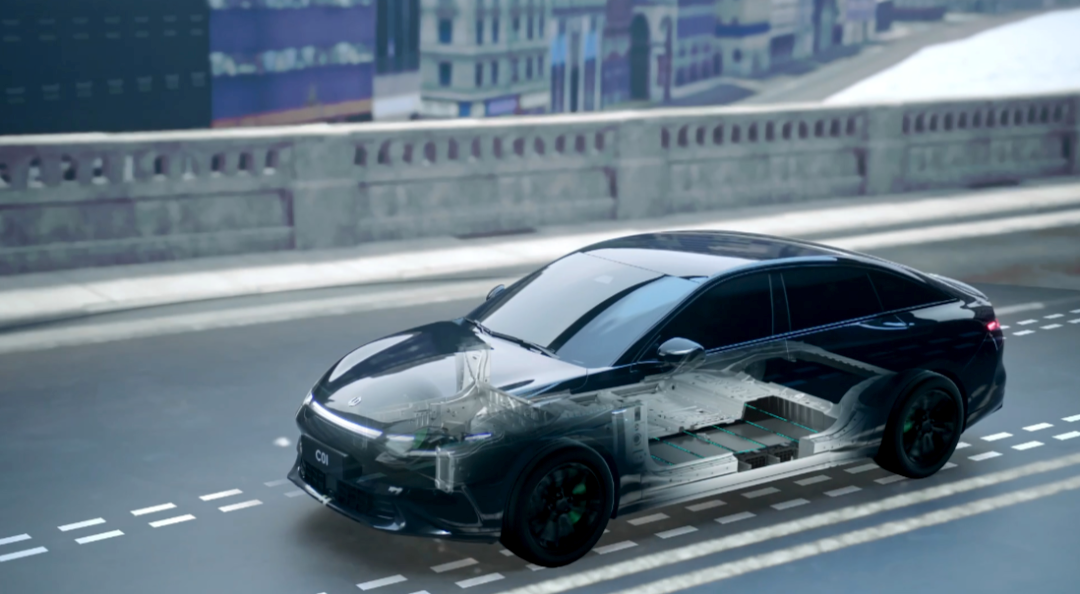
Many new car manufacturers, through the introduction of internet thinking, and from the perspective of consumer pain points, provide better customer service through better customer management, which has profoundly changed the pattern of the domestic automobile market. Under the “catfish effect”, the situation where traditional dominant brands sat in the south no longer exists. Listen to the voices of domestic consumers, bring better products, and provide better services, which will directly determine whether a brand can survive in the domestic automobile market.
Therefore, even if the price of new energy vehicles rises across the board next year, the degree of attention paid by the Chinese people to new energy vehicles is not likely to decrease. In the long run, the trend of new energy vehicles completely replacing fuel-powered vehicles will not change.
After the subsidy cut, the reshuffle begins
The subsidy cut for new energy vehicles is like removing the crutches for them, and makes them start from the same starting line as fuel-powered vehicles. Although we still look forward to the development prospects of China’s new energy vehicle market, after the subsidy cut, it is inevitable that the entire market will undergo a deep reshuffling process.
In the subdivision field of new energy vehicles, which is favored by all parties, it is currently in a stage of severe overcapacity. Not only do a large number of new energy vehicle production capacities need to be released, but even many traditional fuel-powered vehicle production capacities can be slightly improved for new energy vehicles.In addition, the cost of electric vehicles or new energy vehicles is already higher than that of fuel vehicles. If there is no way to structurally reduce the cost of batteries and chips through technological innovation at the product level in the future, it will gradually reduce the attractiveness of new energy vehicles in the entry-level market with a large market share. The termination of production of Euler’s black cat and white cat this year is a good example. For the higher-priced mid-range car market and even the luxury brand market, the brand appeal of many domestic new energy vehicles is still a significant challenge.
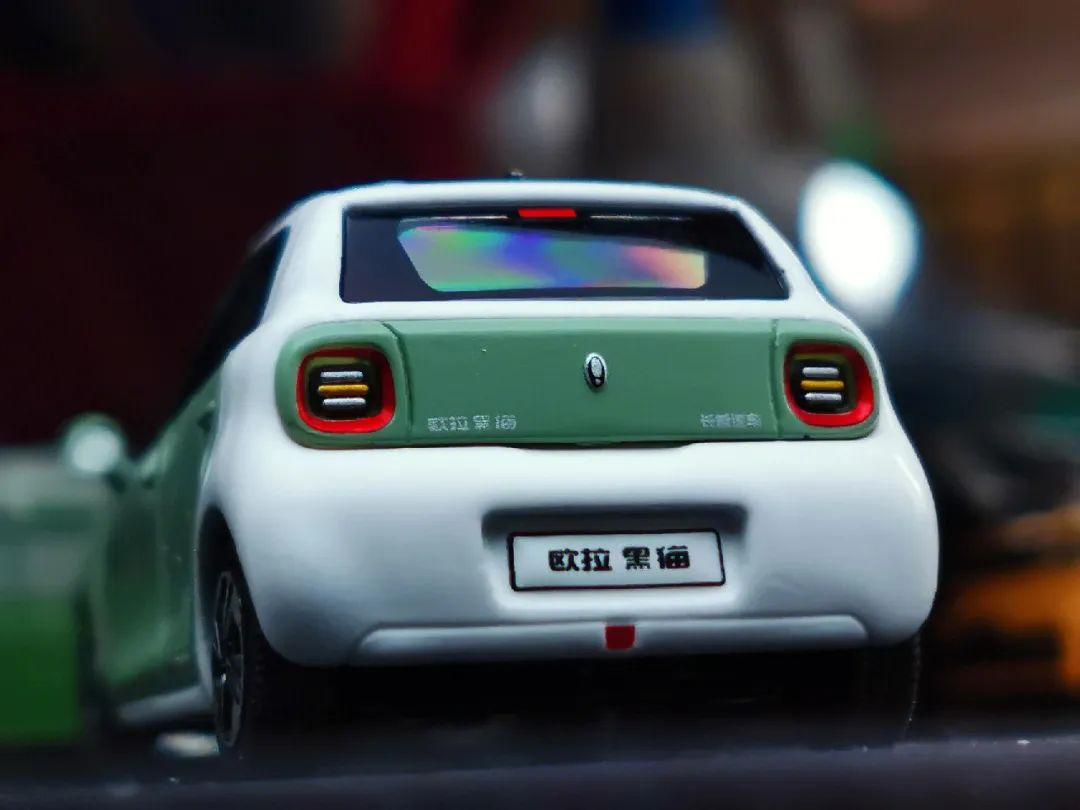
Another point that cannot be ignored is that smart electric vehicles have also shown a tendency towards homogenization. The increasing homogenization from styling, three-electric technology level or intelligent interconnection configuration leads to manufacturers launching price wars through cost-effectiveness to attract consumers. However, now that the national subsidies have completely withdrawn, it means that the new energy vehicle manufacturers have lost a bargaining chip for price wars.
Finally
In the field of new energy vehicles, Chinese automakers have truly staged a counterattack. Whether it is at the vehicle level or at the battery level, the Chinese new energy vehicle industry chain has its own place in the world.
At that time, the national subsidy not only allowed domestic consumers to enjoy the benefits when purchasing cars, but also allowed our automakers to establish their own advantages through multiple product iterations. Now that the subsidies are gone, but the leading advantages we have accumulated through the past are very obvious.
After the national subsidy exits, if we can eliminate some weak automakers with weak system capabilities, the surviving automakers will surely do better and truly compete with Tesla, Toyota and Volkswagen on the global stage of smart electric vehicles.
This article is a translation by ChatGPT of a Chinese report from 42HOW. If you have any questions about it, please email bd@42how.com.
